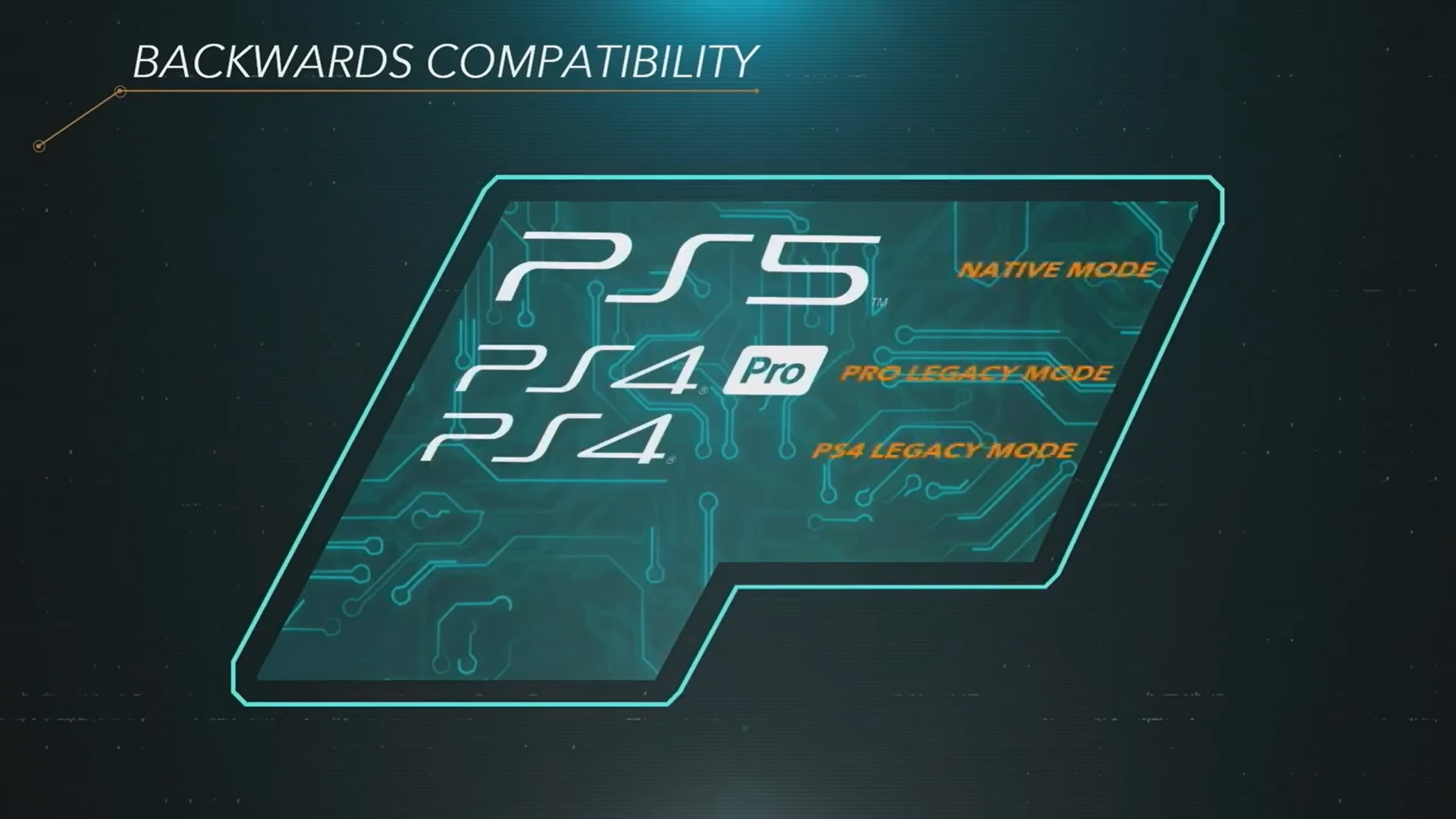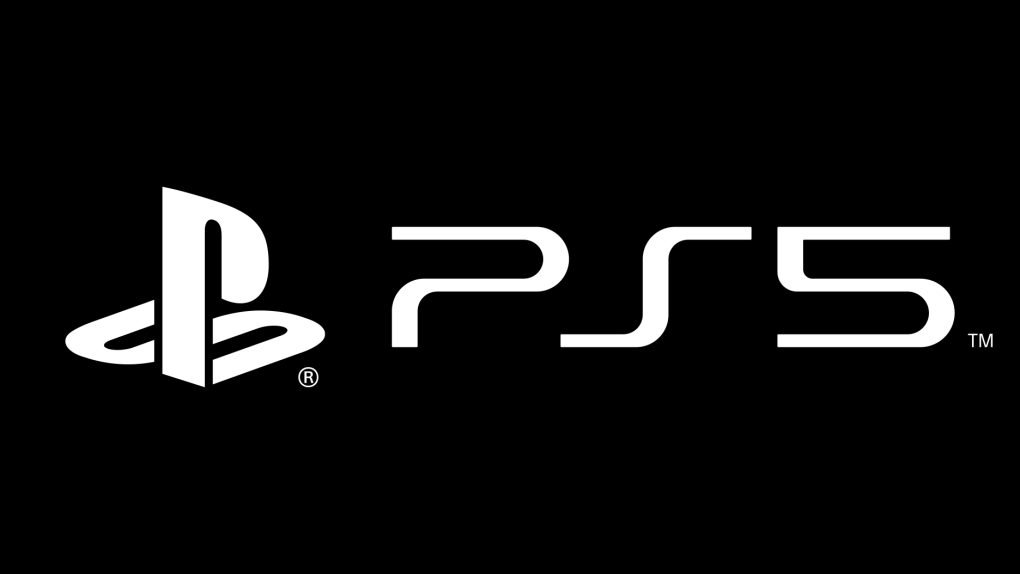- Sony finally unveiled the PlayStation 5 on Wednesday, nearly a year after the console was announced in an interview between lead system architect Mark Cerny and Wired.
- The PS5’s CPU, GPU, SSD, memory, expandable storage solutions and more were all detailed.
- We did not get to see the PS5 console itself, nor did we get to see any games actually running.
- Visit BGR’s homepage for more stories.
We know almost all there is to know about the Xbox Series X, but Sony has been tight-lipped about the PlayStation 5 up until now. That finally changed on Wednesday, as the official PlayStation Twitter account announced that PS5 lead system architect Mark Cerny would “provide a deep dive into PS5’s system architecture, and how it will shape the future of games” in a video on the PlayStation Blog at 9 AM PDT / 12 PM EDT.
As Cerny says at the beginning of the video, there will be plenty of time to show off the PS5 and the games that will launch alongside it later in the year, but for now, Sony is focusing on the specific hardware details that it would have announced at the Game Developers Conference, had it not been canceled due to the coronavirus.
While the video embedded below will tell you everything that you need to know, Eurogamer’s Digital Foundry had an opportunity to learn all of the relevant information ahead of time, and shared it in an extensive article. Starting with the specifications, the PS5 will feature a CPU with 8x Zen 2 Cores at 3.5GHz, a GPU capable of 10.28 TFLOPs, 36 CUs at 2.23GHz, custom RDNA 2 GPU architecture, 16GB of GDDR6 RAM, 448GB/s memory bandwidth, and a custom 825GB SSD. It will also have a 4K UHD Blu-ray drive and an NVMe SSD slot for expandable storage.
Variable frequencies will play a key role in the PlayStation 5’s performance. As Eurogamer explains, unlike a mobile phone or a computer component, the PS5 has a power budget tied to the thermal limits of its cooling assembly. “It’s a completely different paradigm,” explains Cerny. “Rather than running at constant frequency and letting the power vary based on the workload, we run at essentially constant power and let the frequency vary based on the workload.”
There is a monitor within the console that is analyzing the workloads of both the CPU and GPU, and it will adjust the frequencies to match them. “Rather than look at the actual temperature of the silicon die, we look at the activities that the GPU and CPU are performing and set the frequencies on that basis – which makes everything deterministic and repeatable,” Cerny says in the video. “While we’re at it, we also use AMD’s SmartShift technology and send any unused power from the CPU to the GPU so it can squeeze out a few more pixels.”
In summation, while the numbers above might not sync up with what Microsoft has announced for the Xbox Series X, Cerny explains that the raw measure of teraflops is “just one part of the GPU,” adding, “there are a lot of other units – and those other units all run faster when the GPU frequency is higher.”
There are several other features that Cerny makes no mention of in the deep dive video, but we do learn that the PS5 will indeed match the Xbox Series X and support hardware-accelerated raytracing with its Intersection Engine, which Cerny says is “based on the same strategy as AMD’s upcoming PC GPUs.”
The component that we were most excited to learn more about was the solid-state drive, and it was unsurprisingly a big focus of the video. Cerny says that the addition of an SSD was the number one request from developers, which is why it was such a major priority for Sony this generation. With the new SSD, 2GB of data can be loaded in one-fourth of a second. This requires a great deal of custom hardware, which explains the odd 825GB of storage within the SSD. Sony says that it looked at how much room gamers needed while doing its best to match the drive with all of the other hardware contained in the PS5. It’s a unique number, to say the least.

Cerny also reiterated that the PS5’s GPU is backwards compatible with the PS4. While Sony put the old chipset of the PS2 into the PS3 in order to achieve backwards compatibility, Cerny explains that this was “extremely expensive,” so instead, Sony incorporated the differences in the PS4’s logic into the custom chips of the PS5. This way, even as the technology of the PS5 evolves, the logic and features that PS4 and PS4 Pro titles require is always available. Cerny did not offer any updates on potential backwards compatibility for PS3 and older titles.
When it comes to expandable storage, Sony is seemingly using the same solution as Microsoft. There will be a NVMe slot to increase the amount of SSD storage available, and although you can use third-party drives with your PS5, you need to make sure the one you want will work with Sony’s console before you buy it. But if you’re just trying to play a PS4 game on your PS5, a USB hard drive will run those games just fine.
Finally, 3D audio is another pillar of the PS5’s next-gen ambitions. While the PSVR supports “50 pretty decent sound sources,” Cerny says that the PS5’s Tempest Engine can support hundreds at an even higher quality. As Eurogamer explains, Sony wants you to experience high-end audio on any hardware.








